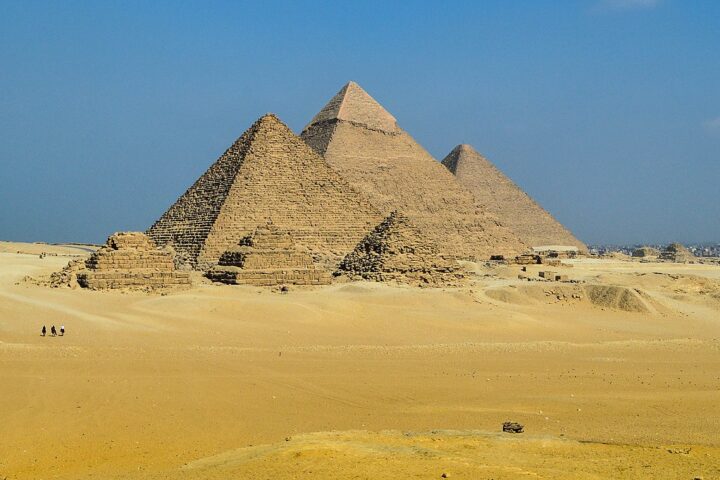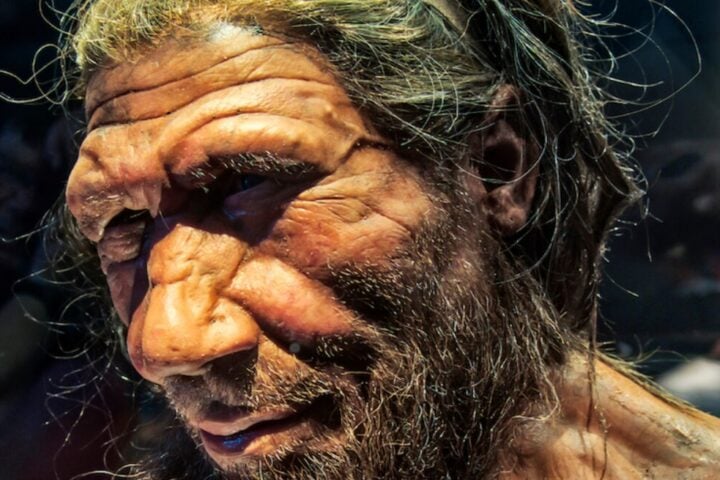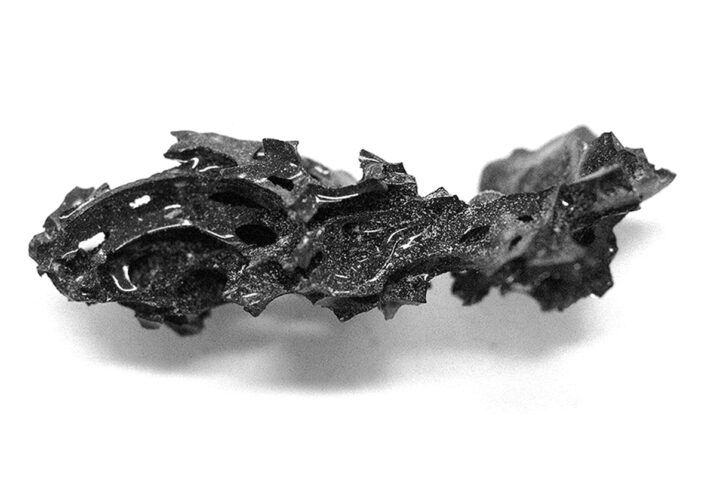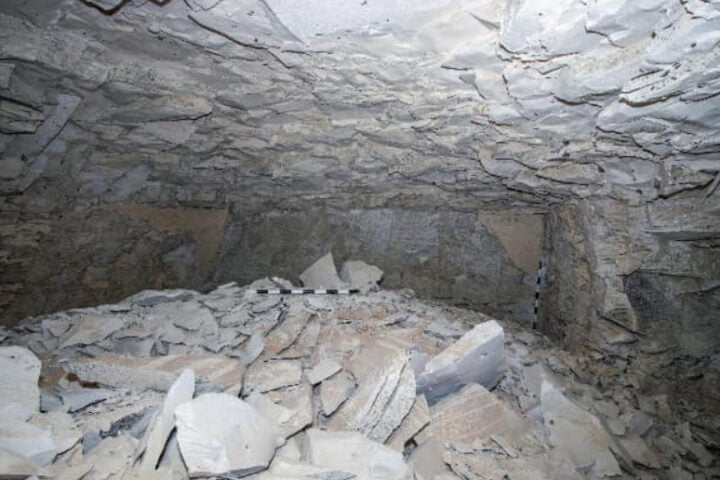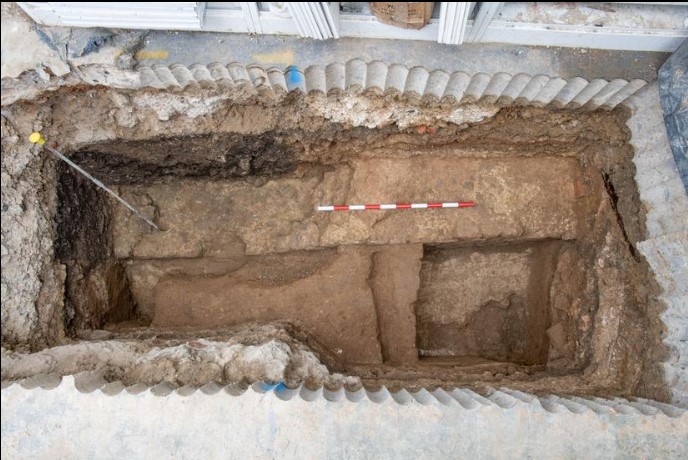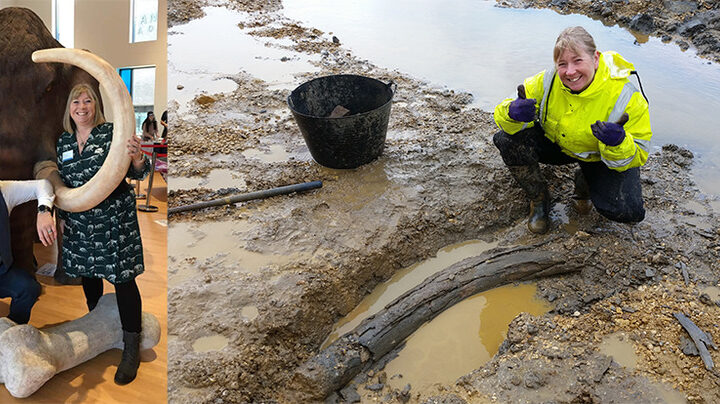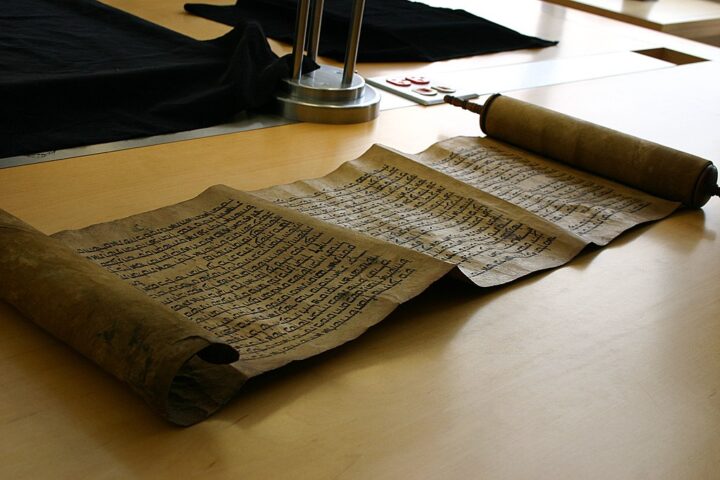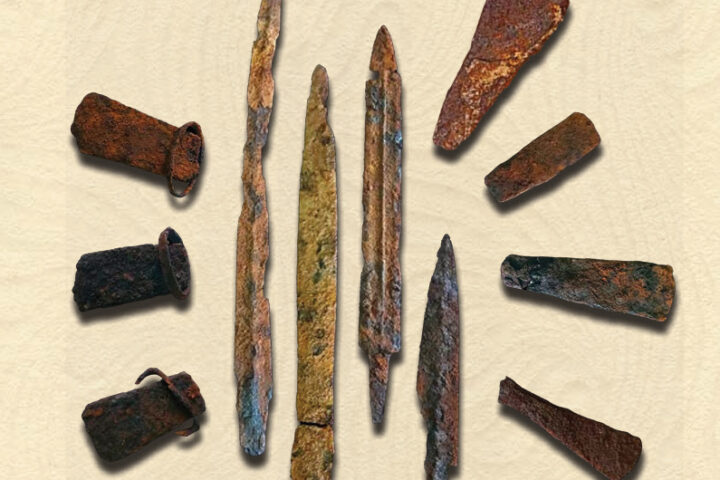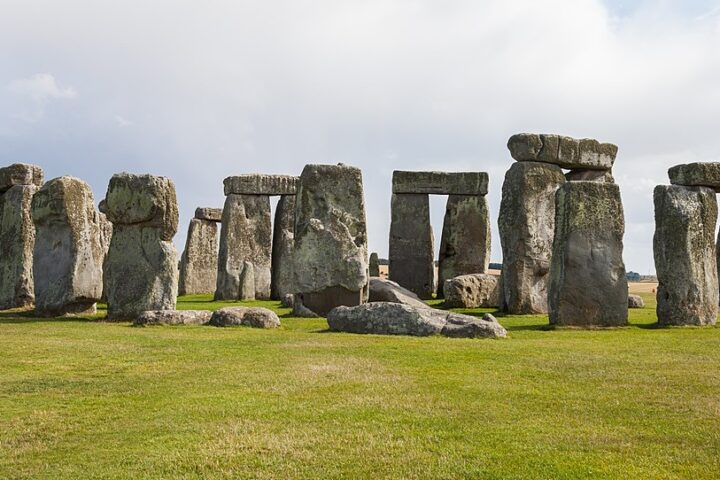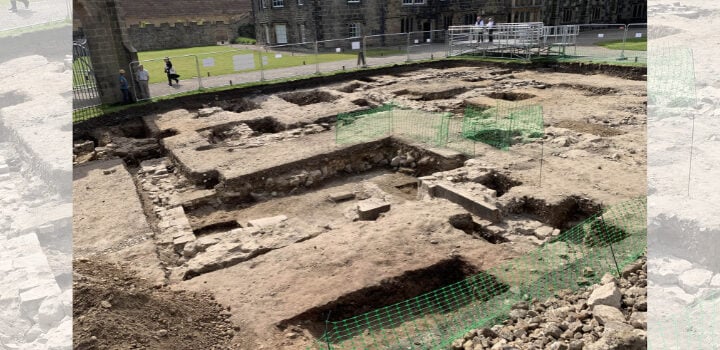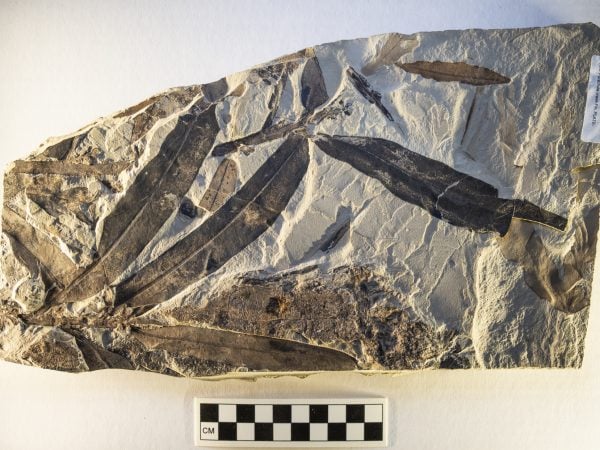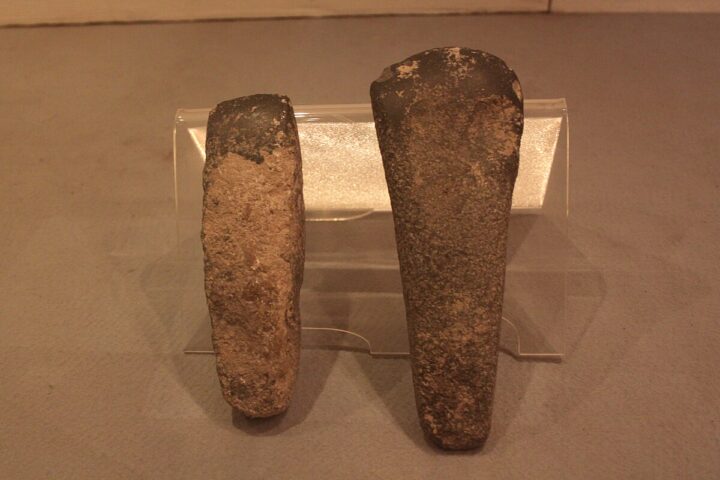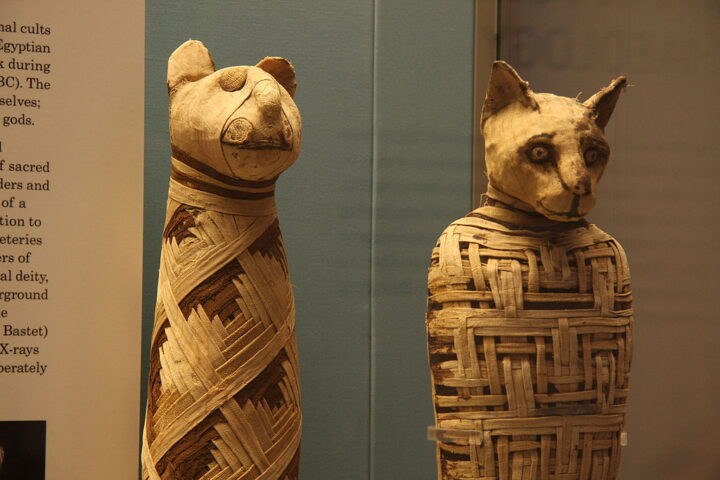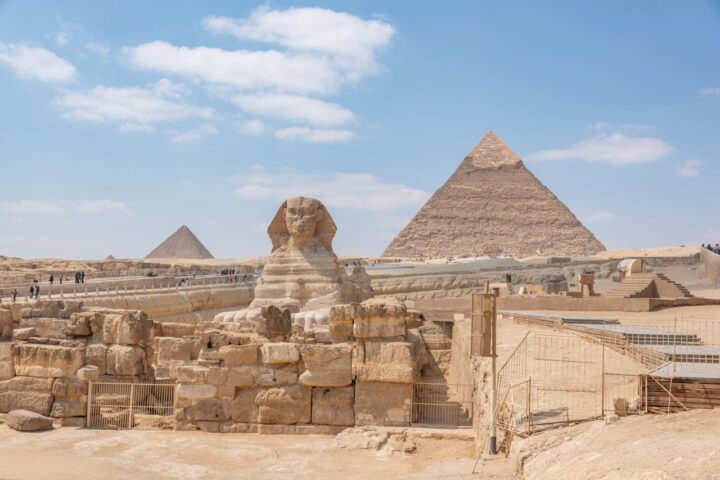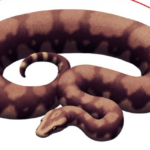In Australia’s ancient landscapes, a remarkable relic has surfaced: a spider fossil aged at a staggering 110 million years, now recognized as the country’s oldest spider specimen. This prehistoric marvel was discovered, perfectly preserved in amber, in the Otway Basin, Victoria. Named Mongolarachne otwayensis, this specimen provides a window into the enigmatic world of spiders from the Early Cretaceous epoch.
The amber has bestowed upon us a detailed view of the spider’s intricate anatomy. The spider’s blend of archaic and contemporary features hints at a pivotal moment in spider evolution. With a size of about 2 cm and elongated legs, it’s evident this spider was a stealthy hunter, possibly ambushing its prey. Eschewing the venomous tactics of many modern counterparts, Mongolarachne otwayensis relied on sheer strength for its hunts. One notable feature is the spider’s spinnerets, differing from modern orb-weavers, sparking debates on its silk-spinning habits. This suggests the ancient arachnid might have had unique web-making behaviors.
The Otway Basin is becoming a hotspot for paleontologists, its amber deposits revealing organisms from epochs gone by. Amber, nature’s timekeeper, has chronicled the tales of countless organisms, preserving them in exquisite detail. The Otway Basin’s amber deposits hold promises of more revelations, waiting to be unearthed. The spider’s realm would have been different from today’s Otway Basin, characterized by warmth and dense forests. The team is gearing up for more expeditions into Otway, eager for more discoveries.
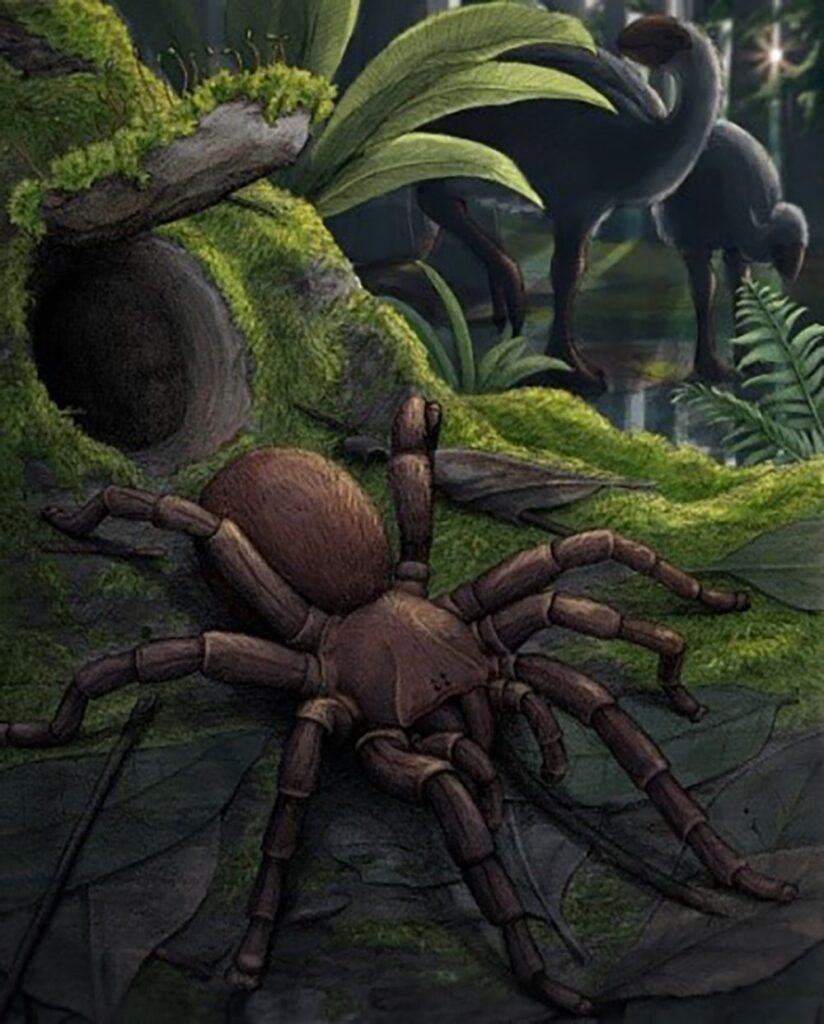
Similar Posts
This discovery challenges the notion that such primordial spiders were exclusive denizens of the Northern Hemisphere. Dr. Selden mused, “The Southern Hemisphere has been enigmatic in the world of ancient spiders, and this find reshuffles our understanding.” Dr. Paul Selden, an esteemed voice in the study, shared, “This discovery bridges a significant gap in our grasp of spider evolution in the Southern Hemisphere.” The findings, detailed in the Zoological Journal of the Linnean Society, are the result of a global collaboration. The researchers, using cutting-edge imaging tools like micro-CT scanning, delved deep into the spider’s anatomy.
The study underscores amber’s importance in paleontology, especially for preserving delicate tissues. This unearthing emphasizes the urgency of diving deeper into paleontological pursuits. As our world evolves, anchoring our understanding in history becomes paramount, and such discoveries play a pivotal role. This spider’s existence challenges our current understanding of spider biogeography. With every shard of amber and fragment of bone, we weave together the intricate web of life from our planet’s past.
The specimen will find a home at the Australian Museum, standing as a beacon for research and wonder. The Australian Museum plans to spotlight this spider in an exhibit, inviting all to marvel at this testament to time. Kim McKay, the museum’s Director and CEO, exclaimed, “This is a monumental find for our understanding of ancient Australian fauna.”
Dr. Selden emphasized the collaborative nature of the research, stating, “Through global partnerships, we unravel Earth’s intricate history.” This find paints a vivid picture of the biodiversity that once graced the region. The discovery has piqued interest in the scientific community, leading to discussions on spider lineage and ancient geographies. As technology advances, there’s optimism about unveiling more about this spider’s ancient tales. This discovery reminds us of the untapped chronicles of places like the Otway Basin. Dr. Selden aptly put it, “Each find is a piece of Earth’s jigsaw, bringing the picture into clearer focus.” The world watches the Otway Basin, eager for the tales its amber will narrate next.
